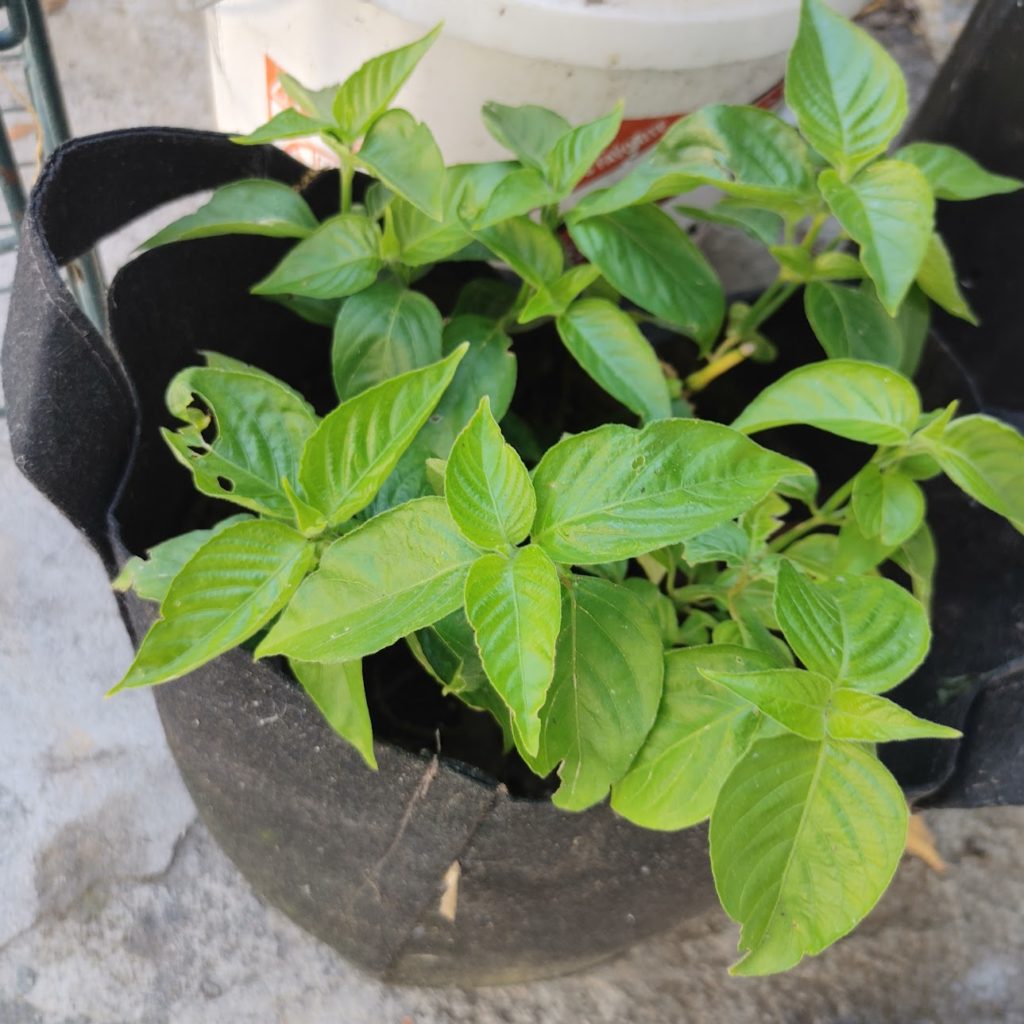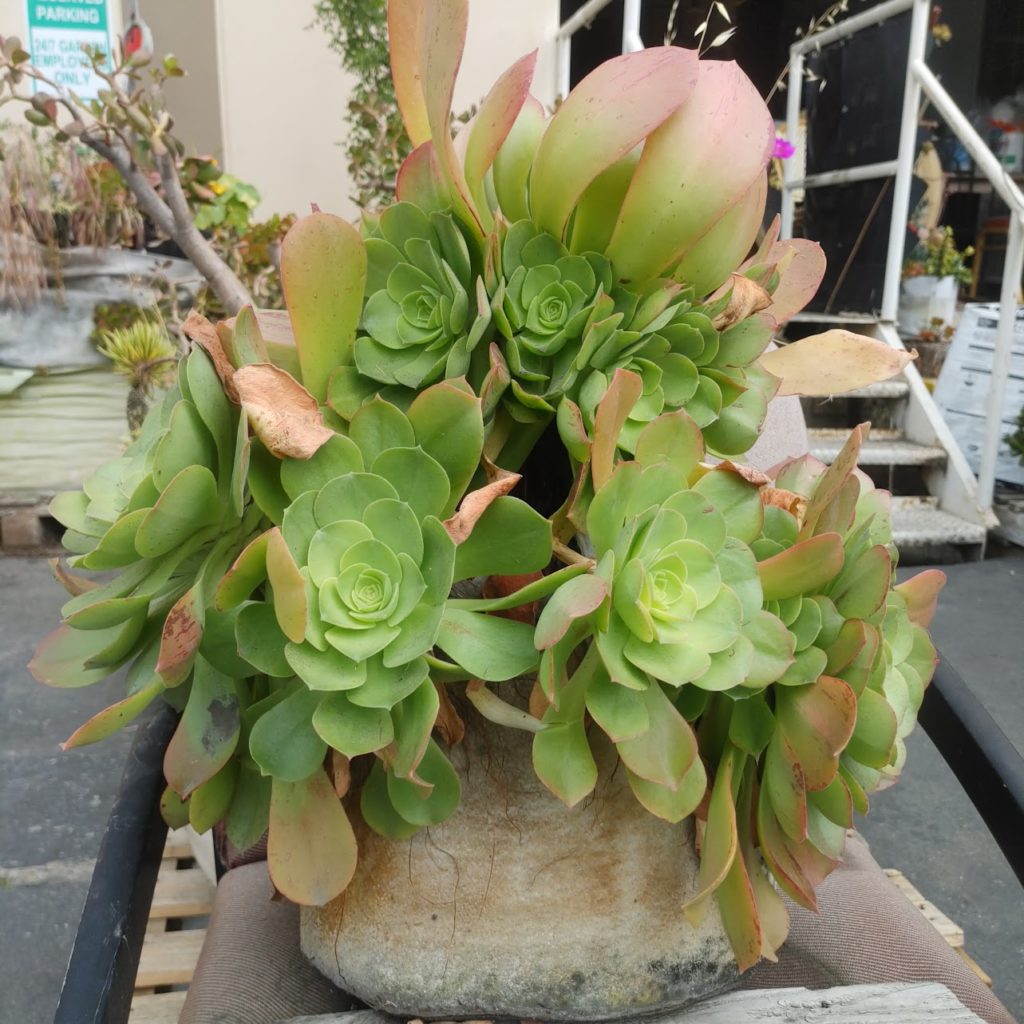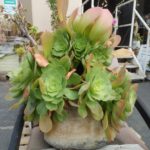Grow bag gardening has gained immense popularity among gardeners due to its convenience, space-saving attributes, and excellent aeration for plant roots. These fabric containers offer a viable alternative to traditional pots and garden beds, but some gardeners wonder if they need to adjust their watering habits when using grow bags. In this blog, we'll explore the factors that influence watering requirements in grow bag gardens and provide practical tips to ensure your plants thrive in these versatile containers.
- Aeration and Drainage:
One of the primary benefits of using grow bags is their superior aeration and drainage. The breathable fabric allows air to reach the roots and facilitates oxygen uptake, preventing waterlogging and root rot. While this promotes healthier root systems, it also means that water evaporates more quickly from the growing medium.
- Increased Evaporation:
Due to the breathable nature of grow bags, the growing medium tends to dry out faster compared to traditional containers. This increased evaporation is beneficial as it prevents overwatering and root suffocation. However, it also means that plants might require more frequent watering to ensure they receive adequate moisture.
- Temperature Regulation:
Grow bags can absorb and dissipate heat more efficiently than conventional pots. During hot summer days, this can lead to faster evaporation of water from the growing medium, necessitating more frequent watering to maintain optimal soil moisture levels.
- Plant Size and Type:
The watering frequency in grow bag gardens can also depend on the size and type of plants being grown. Larger plants with a more extensive root system may need more water to sustain their growth and nutritional needs. Additionally, certain plant varieties, such as herbs and vegetables, have higher water requirements, and grow bags can demand more frequent watering to meet those needs.
- Environmental Factors:
Environmental conditions play a crucial role in determining watering frequency in any type of gardening, including grow bags. Factors like temperature, humidity, sunlight exposure, and wind can influence how quickly water evaporates from the growing medium. Pay attention to weather changes and adjust your watering schedule accordingly.

Practical Tips for Watering Grow Bag Gardens:
- Monitor Soil Moisture: Regularly check the moisture level of the growing medium by inserting your finger into the soil up to the second knuckle. Water when the top inch of the soil feels dry.
- Water Deeply: When watering, ensure that you water deeply enough to reach all the roots within the grow bag. A thorough watering encourages roots to grow downwards, promoting a healthy root structure.
- Mulch: Apply a layer of organic mulch on the soil surface to reduce evaporation and retain moisture. Mulching also helps regulate soil temperature and prevents weed growth.
- Watering Schedule: Establish a consistent watering schedule based on plant needs and environmental factors. Early morning or late afternoon is often the best time to water, as it allows the plants to absorb moisture before the heat of the day.

Conclusion:
While plants in grow bag gardens may require more frequent watering due to their excellent aeration and increased evaporation, the benefits of improved root health and reduced risk of overwatering outweigh the minor adjustments in watering habits. By monitoring soil moisture, understanding your plants' water requirements, and being mindful of environmental factors, you can ensure your grow bag garden thrives and yields a bountiful harvest of healthy, happy plants. Embrace this innovative gardening technique, and watch your plants flourish in these breathable and space-saving containers.

